One of the things I’ve noticed about burgeoning sports photographers is that they tend to tell stories about their photos that far exceed the stories told by the photos themselves. I have been there. I have done that. I understand it. And good sports photos don’t require it.
Starting at a very young age and for a good part of my life, virtually every photo I took was for the purpose of documenting my experiences. Once I’d had the film developed and held the photos in my hands, I could look at them to trigger memories of the places I’d been and the things I’d been doing when the photos were taken. When those experiences were shared with others, such as at a party or on a family vacation, I could share the photos with the people who’d been with me and we all could reminisce about the good times we’d had. Those photos helped to tell our stories for us and their power was in the experiences we had shared. For that reason, sharing those photos with people who hadn’t been there didn’t always work so well to. Even accompanied by a running narrative, the connection wasn’t there, and thus, I call these my ‘you-had-to-be-there’ photos (which are only slightly less annoying than inside jokes you aren’t privy to).
It’s not surprising that when I started photographing sports, I produced the same kinds of photos, the sort that captured elements of the events that would have meaning only for me and for others who had shared in those events. It wasn’t until I put some of these photos out there for ‘outsiders’ to see, and witnessed their unimpressed reactions, that I began to understand both the problems associated with you-had-to-be-there photos and the importance of creating images that told a story that transcended ‘being there.’ As I have viewed and critiqued many photos over the years, I’ve run across lots and lots of these you-had-to-be-there photos, or perhaps more specifically, photos for which a story is offered that far exceeds any story the photo alone can tell. A generic example: a photo of a football player holding his helmet in his hand, his hair damp and messed from having worn the helmet, his uniform looking played-in. The description: “This is a photo of the local high school’s senior quarterback after the last game of his high school career. He missed his entire junior year due to injury and worked his way back onto the starting team only to get injured again, but he recovered in time for the state semi-final game, which they’d just lost, so this is the end of the line for him.” It’s a compelling story, and the photo likely would have great meaning for this young athlete and his parents. But this isn’t the story the photo alone might tell, and good sports photos should be able to speak for themselves. I’ll say again that I understand completely why we take these photos, and I would maintain they are important photos to have. (I also expect it was wanting to have these very kinds of photos that led many of us to try our hands at sports photography in the first place!) These images represent experiences we share with others, and they serve as reminders of those important shared experiences. There’s nothing about them being ‘sports’ photos that changes that. BUT, it is necessary to understand the difference between photos for which you can tell a story, and photos that tell their stories for themselves. In my Sports Photography class, we are striving for the latter, and for that reason I go out of my way to comment about this in my critiques.
Here’s an example from my archive taken quite a few years ago:
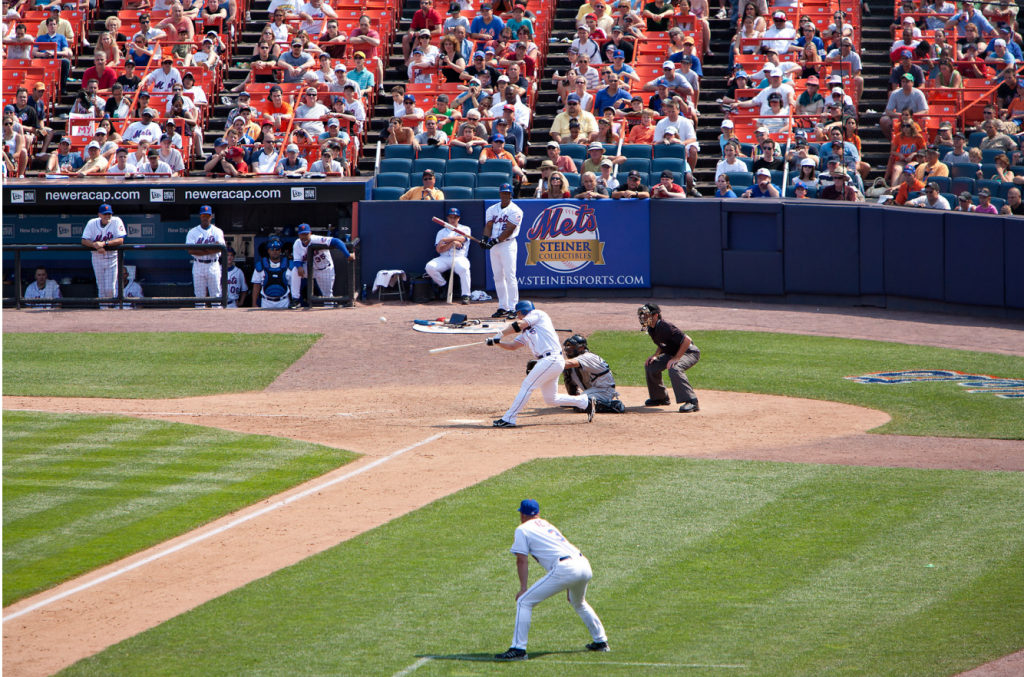
At the time, I was very proud of this photo. I posted it in a sports photography forum and I’m sure I had a lengthy story to tell, with details about my trip to Shea Stadium, who I was with, the camera gear I was carrying, where I sat, the inning, game situation, outcome, and oh yeah, the home run by David Wright.
Home run you say? Game situation? Camera gear? (Okay, we’ll give you David Wright.) Of course the reality is that this photo doesn’t tell any story at all other than that I appear to have been at a Met’s game, sitting somewhere in left field, and I snapped a photo. End of story. It’s a you-had-to-be-there moment. Now take a look at a few of these next photos, and while each viewer might come up with different versions of the stories the images are telling, I don’t think we could argue against the fact they are succeeding at speaking for themselves.
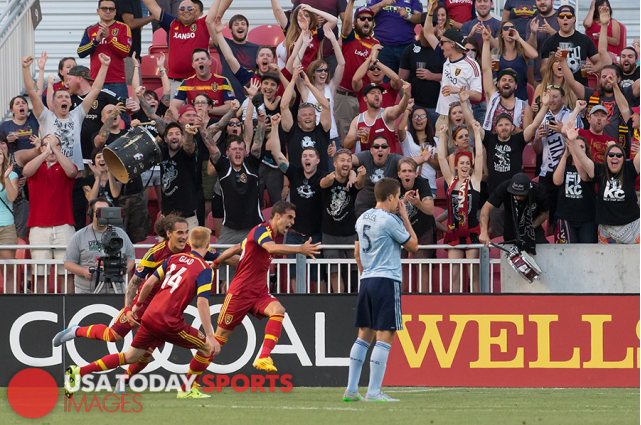
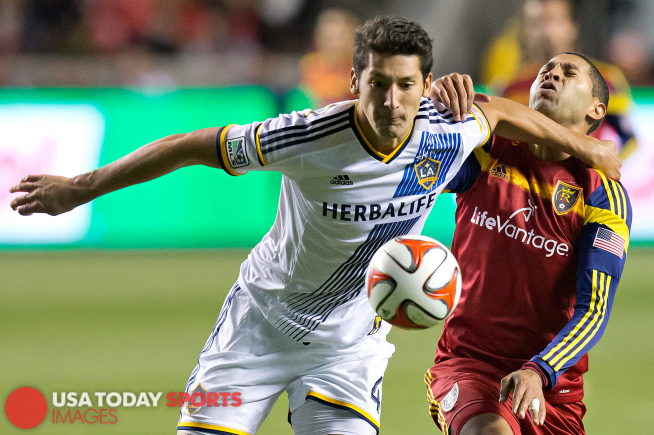
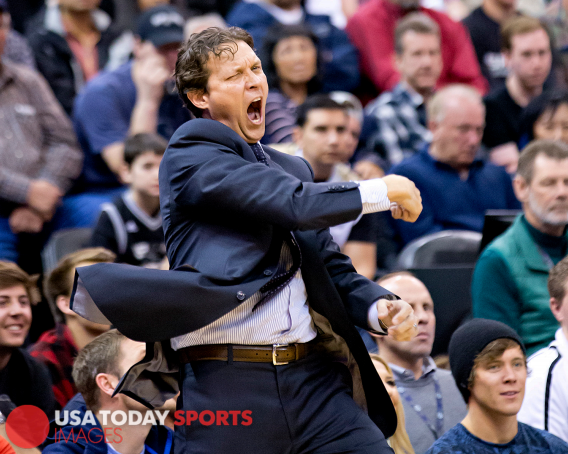
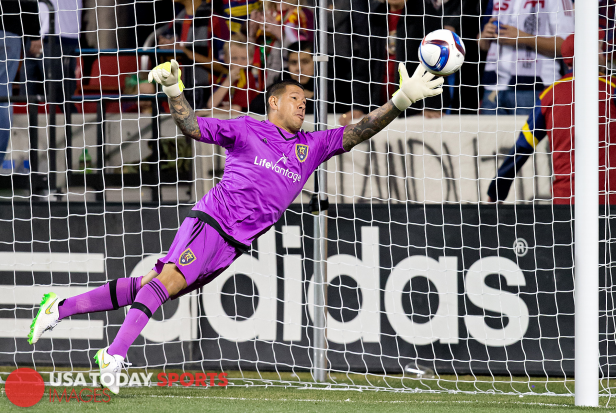
-BPSOP Instructor – Russ Isabella
Russ Teaches:










